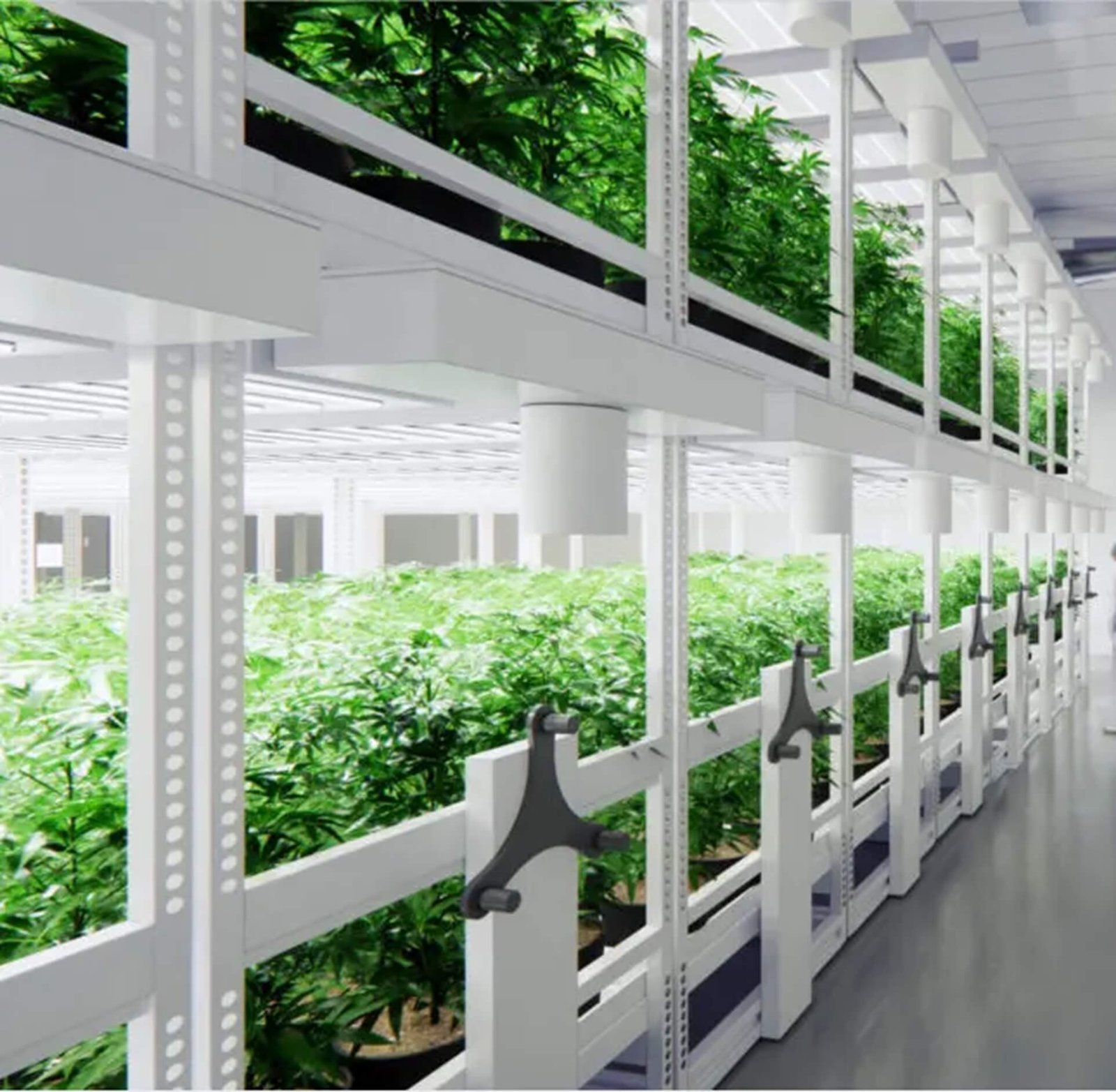Vertical grow racks have transformed the indoor farming industry by enabling higher yields per square foot of space. With their ability to stack layers of crops, these racks are vital for maximizing space in controlled environments. However, questions remain about their energy efficiency, particularly when considering factors like lighting, climate control, and irrigation systems.
In this article, we will explore the energy efficiency of vertical grow racks for indoor farming. We’ll analyze their design, benefits, and challenges while incorporating keywords such as rack system, mobile shelving, grow trays, mobile rolling shelving, and planting racks to highlight their functionality and versatility.
Understanding Vertical Grow Racks
Vertical grow racks are a form of rack system designed to optimize vertical space in indoor farms. By stacking multiple layers of crops, they reduce the overall footprint required for cultivation. These racks are particularly popular in urban farming, where space is limited but demand for fresh produce is high.
Key components of vertical grow racks include:
- Mobile shelving systems for easy access to plants.
- Grow trays that hold the plants and irrigation systems.
- Lighting systems tailored for photosynthesis.
Energy Consumption in Vertical Farming
Energy use in vertical farming depends largely on:
- Lighting: LED lights are the most energy-efficient option, as they provide the necessary spectrum for plant growth while consuming less power than traditional lighting.
- Climate Control: Maintaining temperature, humidity, and CO₂ levels requires significant energy.
- Irrigation: Automated systems, often integrated with planting racks, ensure water efficiency but add to the energy load.
The Role of Rack Systems in Energy Efficiency
Rack systems are inherently designed to improve space utilization, which indirectly contributes to energy efficiency by enabling farmers to grow more crops in the same area. However, their energy efficiency is also influenced by factors such as:
- Material and Design: Lightweight yet sturdy materials reduce the energy required for movement, especially in mobile shelving or mobile rolling shelving setups.
- Integration of Technology: Advanced racks integrate sensors to monitor and optimize water and nutrient delivery, reducing waste and energy use.
Mobile Shelving and Energy Optimization
Mobile shelving systems allow racks to be moved as needed, creating dynamic layouts that improve airflow and light distribution. This mobility ensures that resources like light and water are not wasted on areas without plants. Additionally, mobile systems reduce the need for manual labor, saving both time and energy.
Grow Trays: Enhancing Efficiency
The use of grow trays in vertical racks ensures that plants receive uniform water and nutrient distribution. This uniformity reduces the likelihood of overwatering or nutrient wastage, which are common inefficiencies in traditional farming. Modern grow trays are often equipped with drainage systems to recycle water, further conserving resources.
Mobile Rolling Shelving for Versatility
Mobile rolling shelving takes energy efficiency a step further by enabling precise positioning of plants under grow lights. This reduces the need for excess lighting and ensures that each plant receives the optimal amount of light. The rolling feature also simplifies the harvesting process, reducing labor-related energy costs.
Planting Racks and Long-Term Sustainability
Planting racks are designed with sustainability in mind. They often feature modular designs that allow farmers to adjust the layout based on crop type and growth stage. This flexibility ensures that resources are allocated efficiently, minimizing waste and promoting long-term energy savings.
Challenges to Energy Efficiency
Despite their advantages, vertical grow racks face certain challenges:
- Initial Costs: High-quality racks and integrated systems require significant upfront investment.
- Energy Load: While efficient, the lighting and climate systems required for vertical farming still consume substantial energy.
Innovations in Rack Systems
Advancements in rack technology are continually improving energy efficiency. For example:
- Solar-powered systems to offset energy consumption.
- Smart racks with IoT capabilities for real-time monitoring and adjustments.
- Integration with renewable energy sources to create sustainable farming ecosystems.
Conclusion
Vertical grow racks, when paired with the right technologies, can significantly enhance the energy efficiency of indoor farming. Systems like mobile shelving, grow trays, and mobile rolling shelving ensure optimal use of resources while maintaining high yields. Although challenges remain, innovations in rack design and energy integration promise a sustainable future for indoor agriculture.
By leveraging advanced planting racks and efficient resource management, farmers can strike a balance between productivity and sustainability, making vertical grow racks a cornerstone of modern indoor farming.

